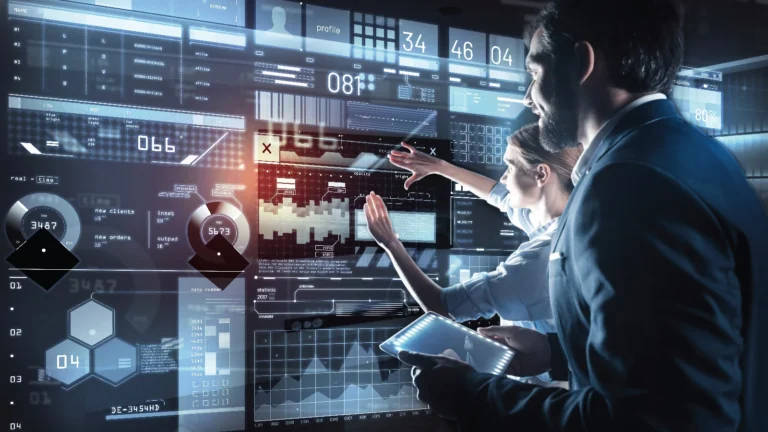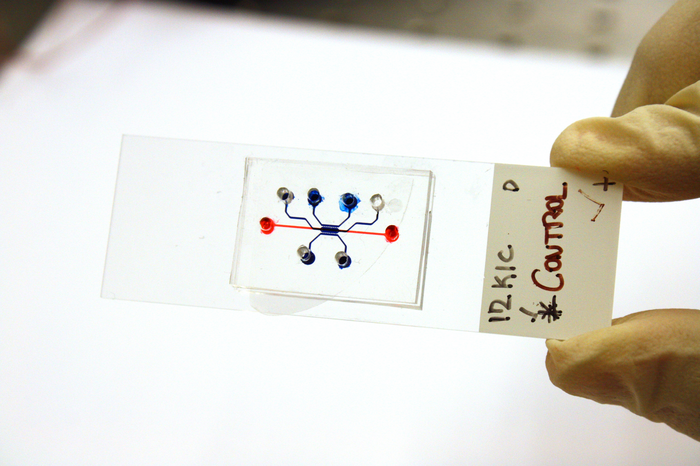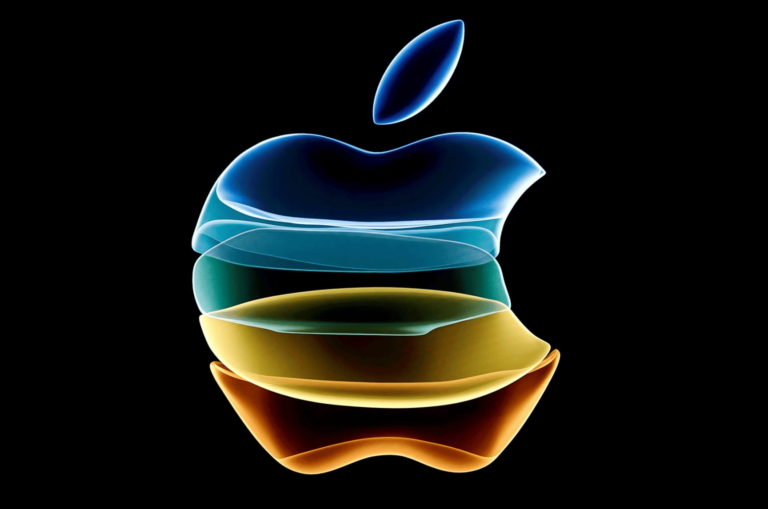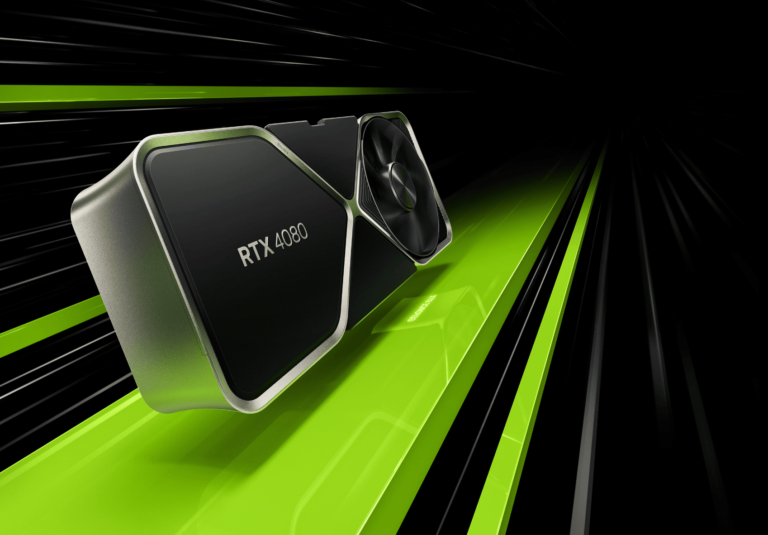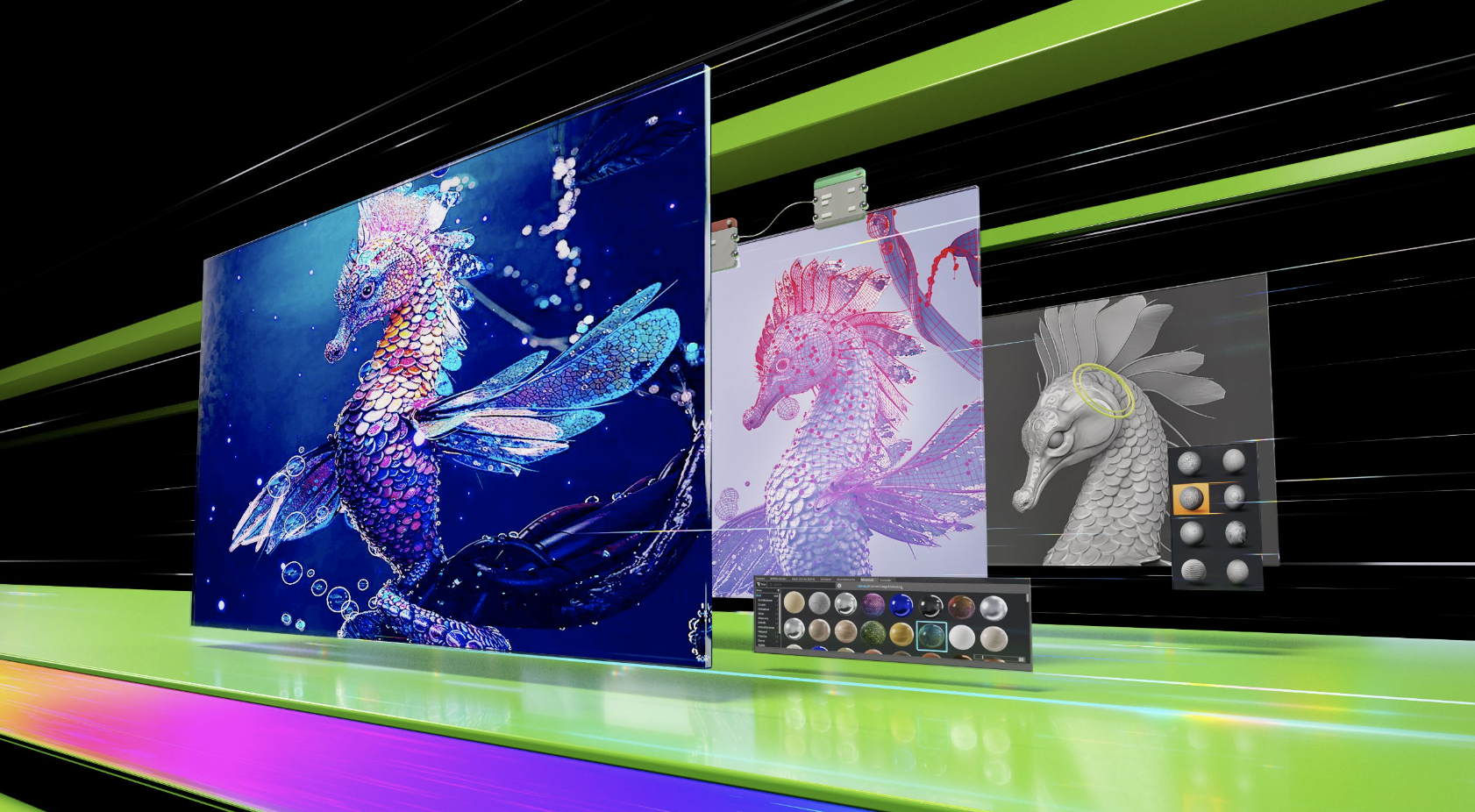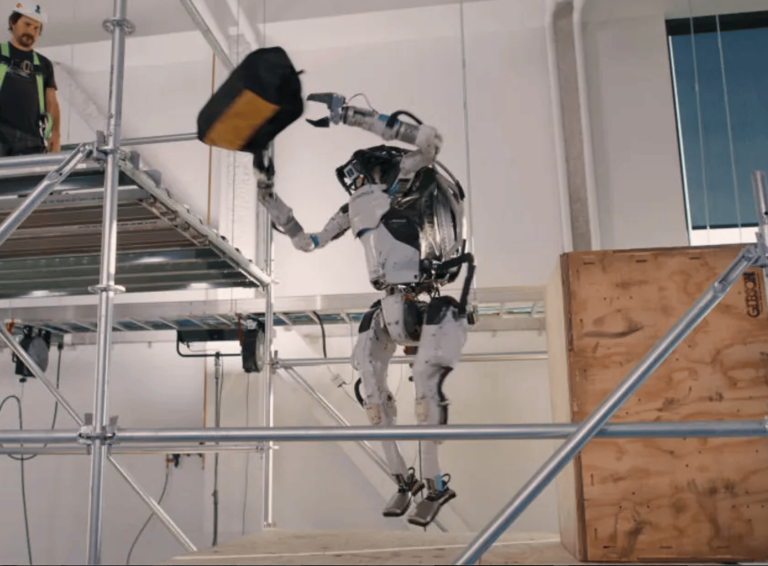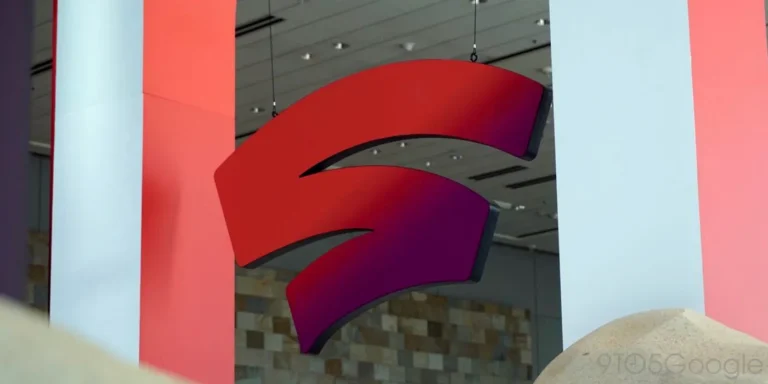While Amazon, Google, Meta, and Microsoft have announced layoffs of thousands of employees in the past few months, tech job prospects are still hot in 2023. Indeed’s an annual ranking of best jobs for job seekers includes 8 out of the 10 top spots being filled by technology roles. Let’s explore why tech job prospects remain so strong despite these prominent layoffs.
The demand for tech jobs remains strong due to the increasing use of automation and artificial intelligence (AI) across various industries. Automation and AI have been used to make processes more efficient and cost-effective over the past decade, creating a high level of demand for workers with expertise in coding, machine learning, and data analysis. This demand is expected to keep growing as companies look for ways to leverage these technologies further.
Remote work has become commonplace since the start of the pandemic, which has led to an increased need for tech professionals who can manage remote teams and develop new tools that enable them to work effectively from anywhere. Companies are looking to hire software engineers who can create applications that enable remote collaboration, as well as network engineers who can ensure their networks are secure from cyber threats. Additionally, there is an increased need for IT help desk professionals who can provide support remotely.
The shift towards digital transformation has also increased the need for cyber security specialists who can identify potential threats and protect companies’ digital assets from malicious attacks. Cyber security roles such as penetration testers and information security analysts are highly sought after by organizations across all industries due to their critical role in protecting sensitive data against hackers and other cybercriminals. Companies need professionals with specialized skillsets that understand how attackers operate in order to minimize any potential damage caused by a breach or attack on their systems.
Despite some big-name tech firms announcing layoffs recently, it doesn’t appear that this will impact tech job prospects this year or beyond. The demand for tech professionals across various industries continues to be strong due to the rise in automation, remote workforce trends, and increased focus on cybersecurity initiatives among organizations worldwide. If you’re looking for a career change or just getting started in your professional life, now is a great time to pursue a career in technology!

